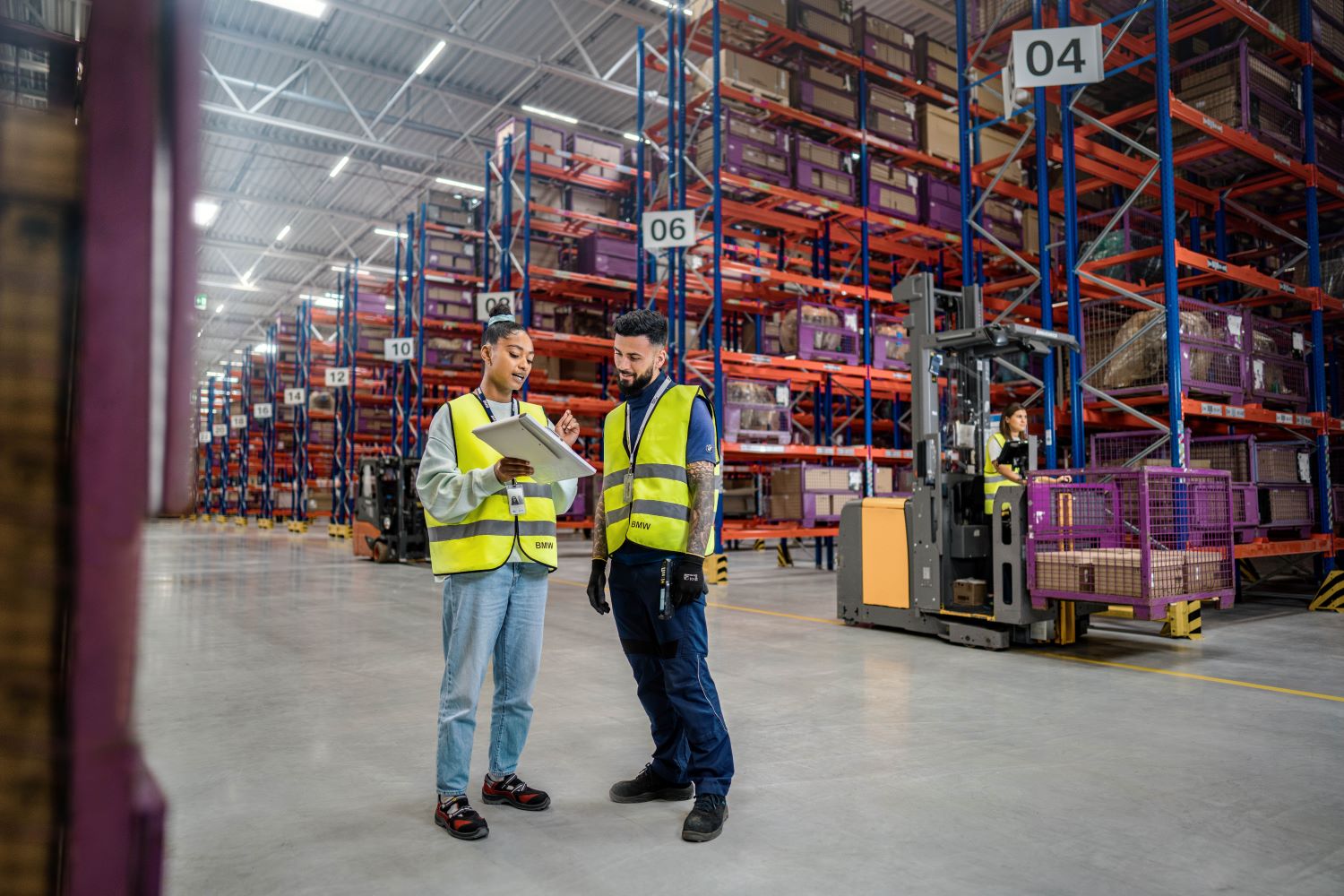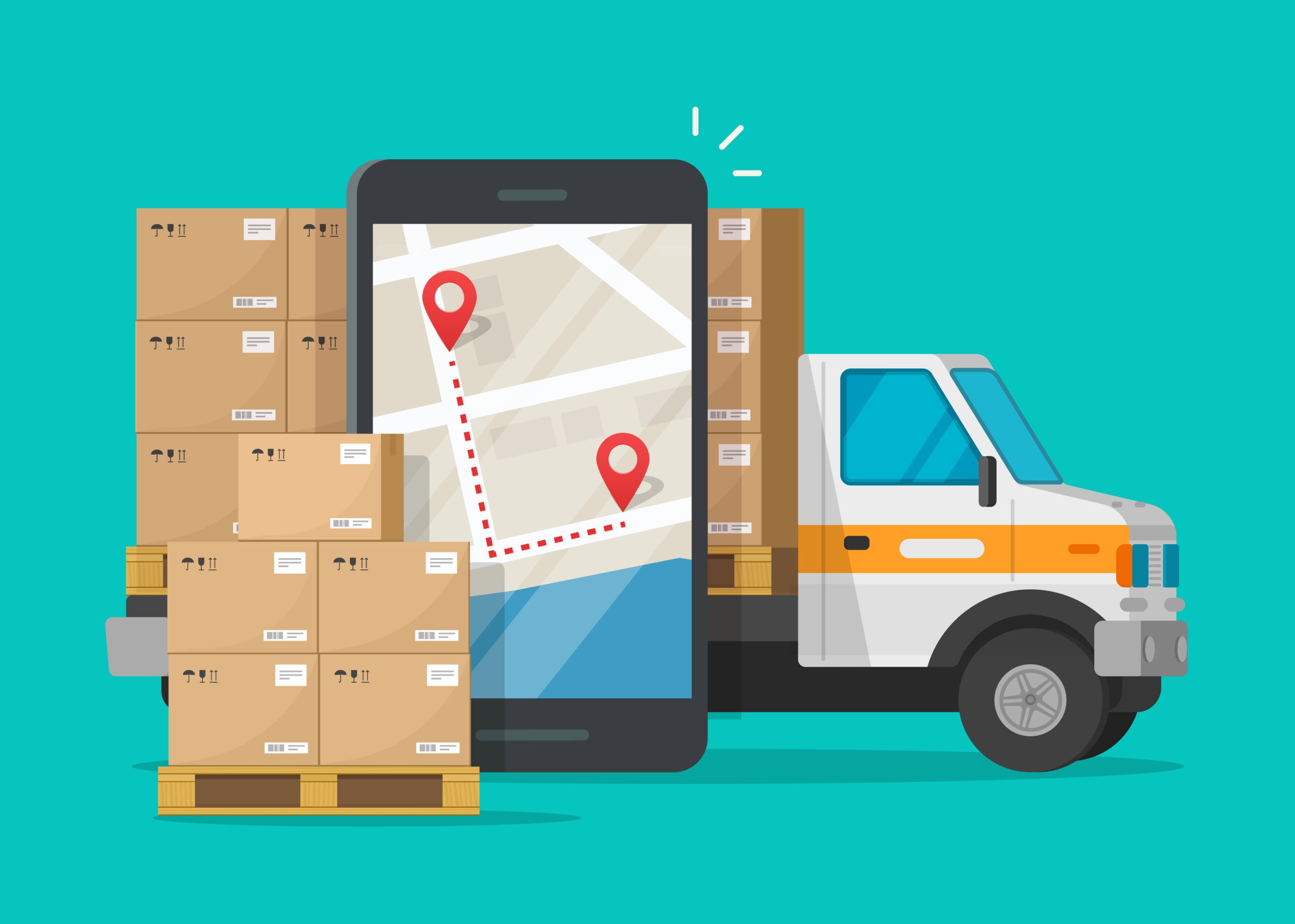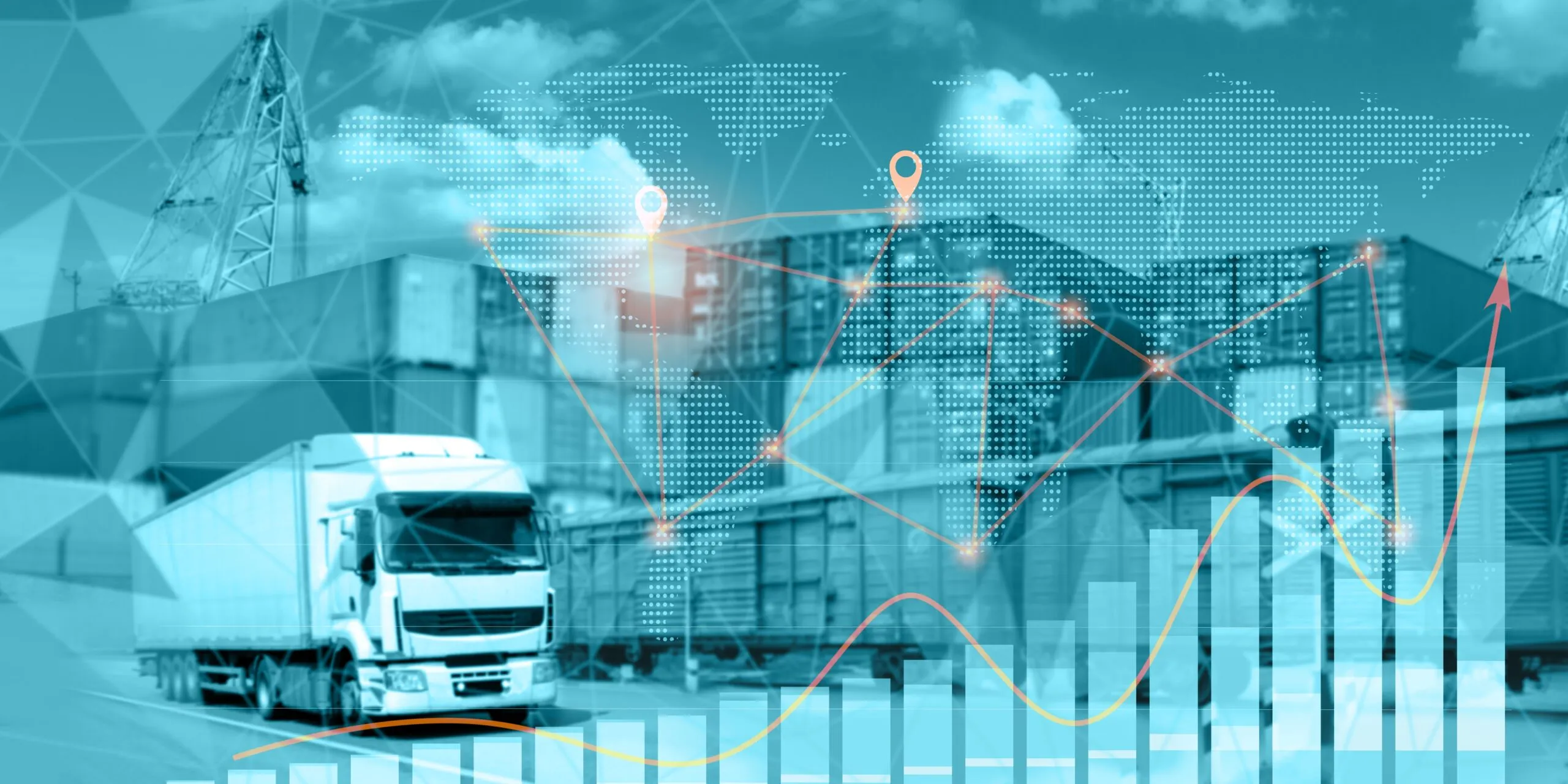
Digital transformation in logistics is redefining how freight and delivery networks function. Automation, analytics, and connected systems now streamline every stage of transport management. Smart tracking tools and data insights now connect operations through Link to Express Delivery Apps. This blend of intelligence and real-time access builds a faster, more coordinated logistics chain.
Enhancing Coordination Through Smart Mapping
Digital mapping redefines how routes are assigned and optimized. AI-driven maps synchronize locations, delivery schedules, and cargo conditions seamlessly.
- Geofencing improves pickup precision and timing.
- Real-time overlays identify high-density freight corridors.
- Predictive alerts reduce late arrivals and congestion risks.
- Continuous updates make dispatch coordination more reliable.
Smarter mapping closes the gap between drivers and control centers, improving delivery rhythm and reducing costly idle time.
Predictive Data For Fleet Efficiency

Data forecasting now helps carriers anticipate issues before they disrupt movement. Analytics engines now refine forecasts using Link to Express Delivery Apps for sharper visibility.
- Load prediction reduces delays and empty runs.
- Maintenance patterns alert operators ahead of failures.
- Historical route data improves planning for new shipments.
- Predictive scheduling aligns deliveries to ideal traffic windows.
Fleet intelligence built on continuous analytics ensures stability, speed, and consistency throughout delivery chains.
How Do Drivers Adapt Faster?
Drivers adapt more effectively when equipped with connected navigation and training interfaces. They use adaptive apps to receive live updates on routes, stops, and cargo. Micro-learning tools and mobile interfaces shorten adjustment periods while keeping communication active. The shift toward digital responsiveness builds driver confidence and smoother trip completion.
Are Dispatch Managers Benefiting Enough?
Dispatch teams now rely on visibility tools that simplify supervision. Real-time dashboards highlight potential issues before escalation. They monitor progress across carriers and react faster when inconsistencies appear. This balance of human input and automated tracking gives dispatchers greater decision power and less administrative overload.
Streamlined Loads Through Intelligent Routing
Routing algorithms integrate weather, traffic, and delivery patterns to avoid disruptions. Adaptive scheduling balances carrier workloads and improves time-to-destination precision.
- Centralized dashboards provide unified load visibility.
- Predictive routing minimizes waste across multiple lanes.
- Integration with trucking apps improves response times.
- Continuous feedback enhances system performance and accuracy.
This structure ensures even complex routes remain efficient, scalable, and consistent across networks.
The New Pulse Of Connected Transport
Digital trucking continues to evolve through advanced delivery intelligence. Companies now emphasize visibility and adaptability rather than manual coordination. Data-driven forecasting creates consistent improvements in how fleets operate, plan, and communicate. With each iteration, transport networks grow leaner, more synchronized, and reliably optimized for speed and control.







